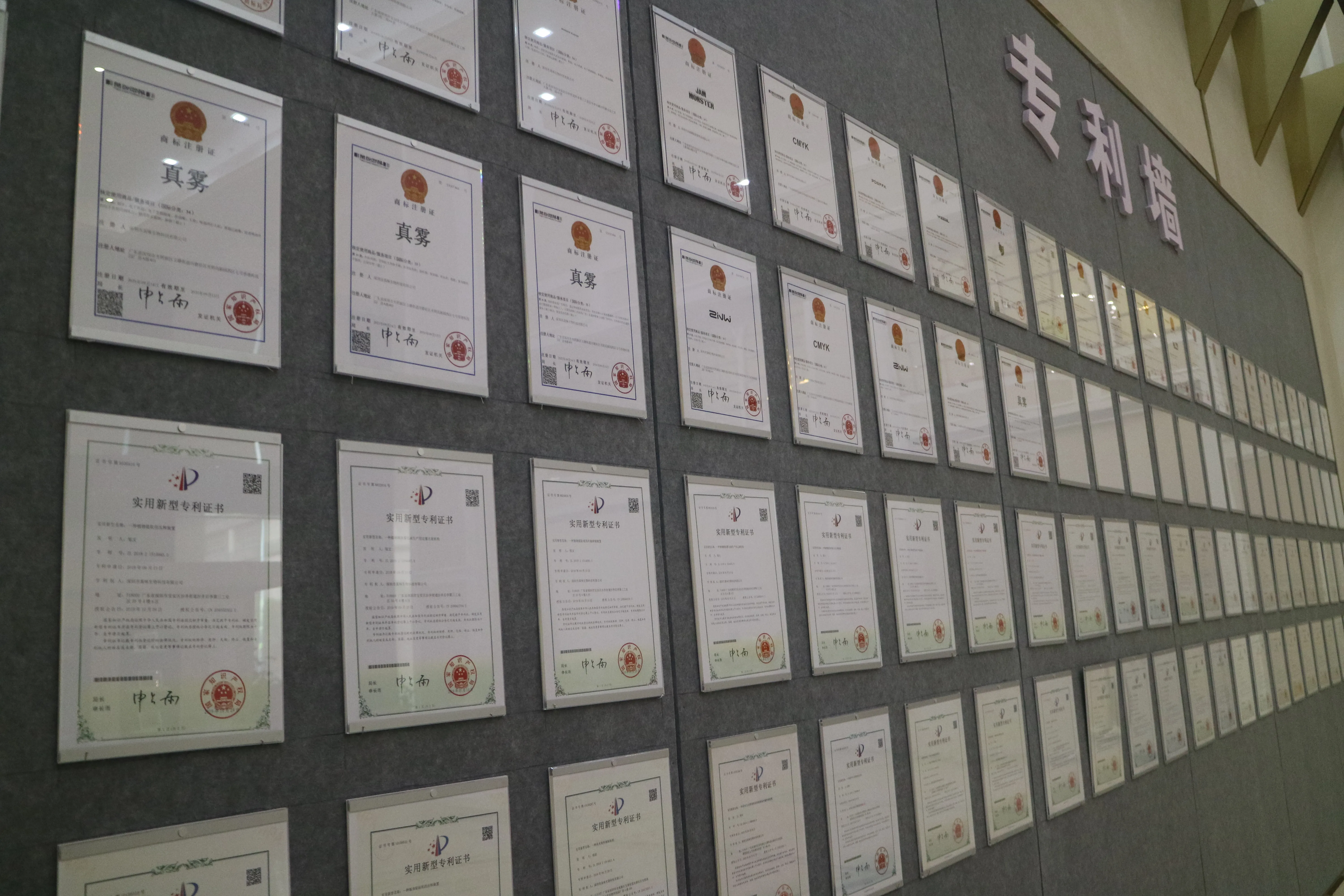
Do airlines mess with ejuice in container?
As a relatively new phenomenon, vaping has not only revolutionized the tobacco industry but also changed the way people perceive it. One of the greatest conveniences of vaping is the ability to carry e-juice in a transportable container. However, with the strict regulations of airlines, vapers often wonder whether the airlines mess with e-juice in containers. While much debate persists, this essay evaluates the current evidence and opinions on the matter.
Firstly, it is important to note that e-juice containers are not exempt from TSA regulations. The TSA prohibits the carriage of liquids exceeding 3.4 ounces in any carry-on luggage. Most e-juice containers come in sizes bigger than the permissible limit, meaning they have to be stored in checked luggage. That’s where major concerns arise. It is not uncommon for checked luggage to be opened and searched for safety purposes. While some may say that this jeopardizes the e-juice, others would argue that it is still safe. Checked bags often have several seals, which makes it hard for airport officials to get into the bag and potentially tamper with the container.
Although some vapers claim that their e-juice has been tampered with, they often cannot give much evidence of this, said Greg Conley, the president of the Vaping Association. Moreover, TSA officials are not authorized to tamper with any products unless they find an object considered dangerous. According to the TSA website, if a container has a label “TSA Approved,” it is less likely that it will be opened unless officials want to verify the contents physically. An e-juice bottle with this label will not only save vapers from the hassle of carrying extra pieces of luggage but also reduces the chances of a possible tampering incident.
Another argument often used against the possibility of airlines tampering with e-juice is that they have strict regulations on what can be carried. The Federal Aviation Administration (FAA) requires all carriers to comply with strict regulations, including what the airlines can carry on board. Airlines can be charged hefty fines or face serious repercussions if they violate these regulations. There are no definitive statistics indicating cases of airlines tampering with e-juice, although there have been instances where airlines have tampered with food and drinks served on board. In those instances, the culprits were identified and brought to justice.

However, one aspect that cannot be discounted is the actual composition of e-juice. E-juice alone is not harmful to passengers or the plane. However, airlines may be concerned about the potency and look of the juice. In recent years, there have been reports of incidents involving e-cigarettes, including a number of spontaneous fires caused by malfunctioning or damaged batteries. To cope with this, airlines restrict the use of e-cigarettes and vaporizers that require the heating up of e-juice on board. Recently, airlines started requiring that all lithium batteries, including those in e-cigarettes, power banks, mobiles phones, laptops, and other gadgets, should be carried in hand luggage.
While the question of whether or not airlines mess with e-juice in containers continues to spark debates, there is no considerable evidence to suggest that airlines do indeed tamper with e-juice. As mentioned earlier, TSA regulations prohibit the carriage of liquids exceeding 3.4 ounces in any carry-on luggage, and checked bags often have several seals, making it hard for airport officials to tamper with the container. That said, vapers are still encouraged to take due diligence by carrying e-juice bottles with “TSA Approved” labels to reduce the chances of possible tampering incidents. Given the growing popularity of vaping, airlines, airport officials, and regulators are looking for ways to address any issues that might arise from the use of e-cigarettes and vaporizers, including addressing the possibility of tampering.

We will contact you as soon as possible









